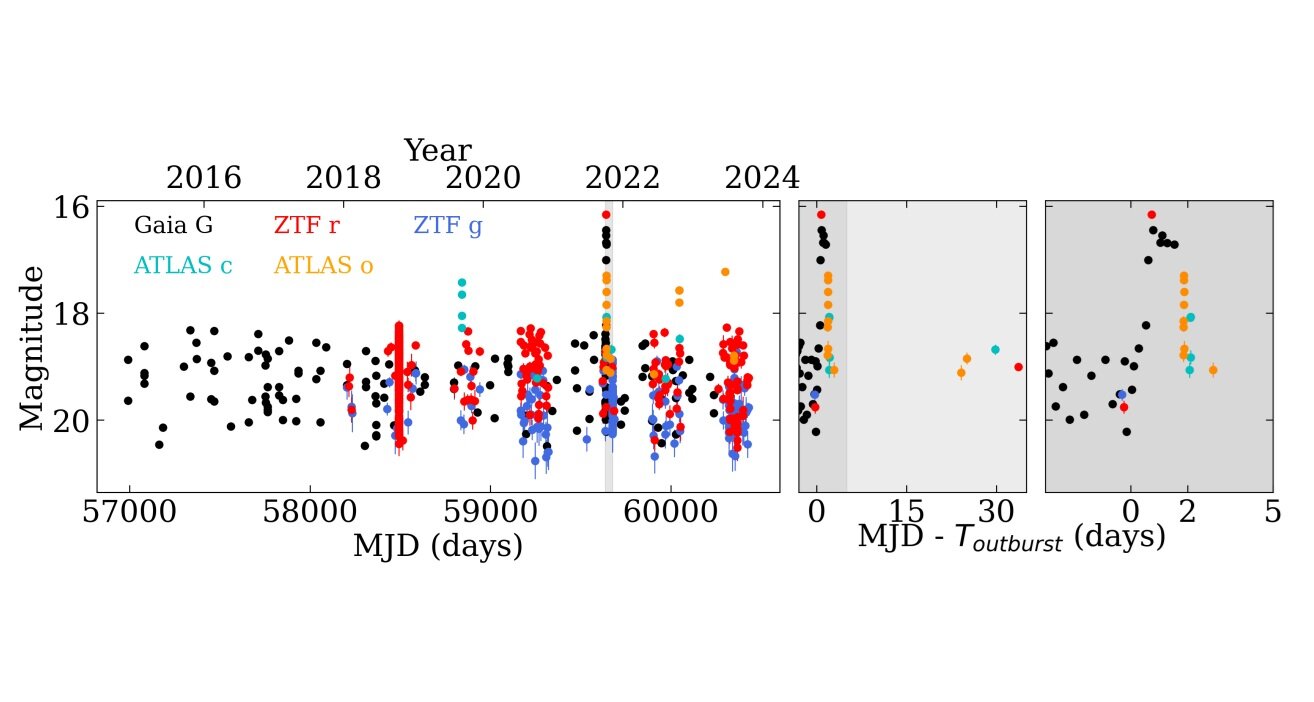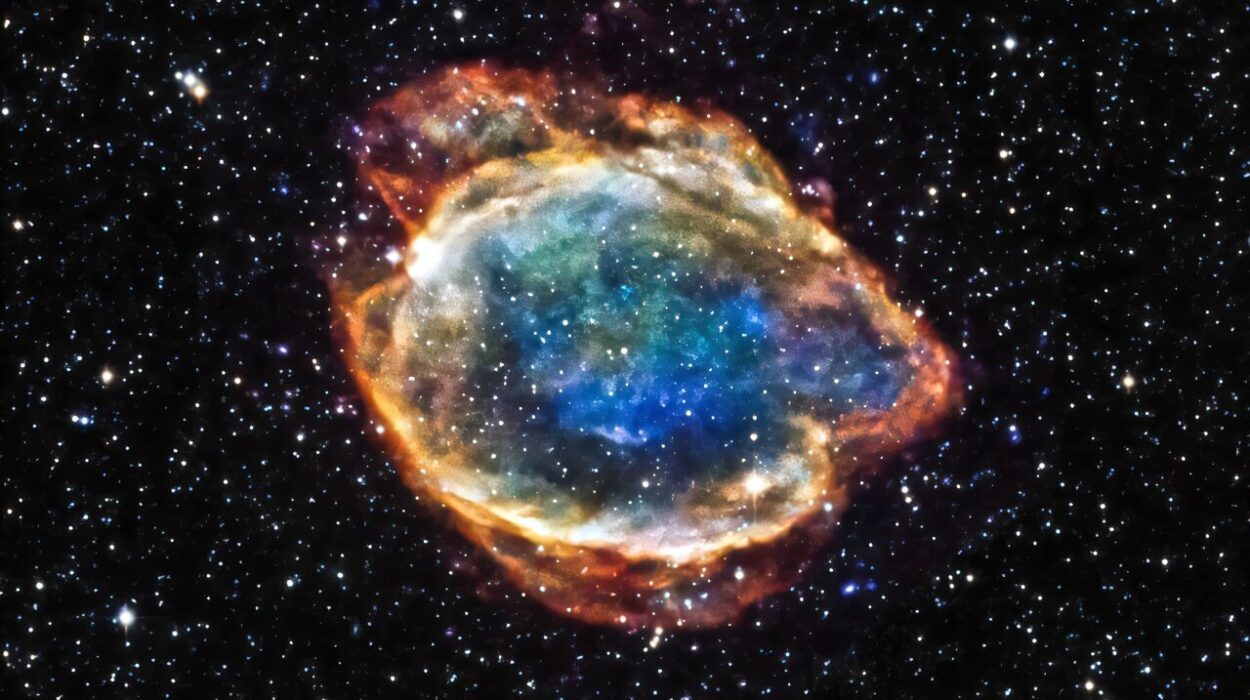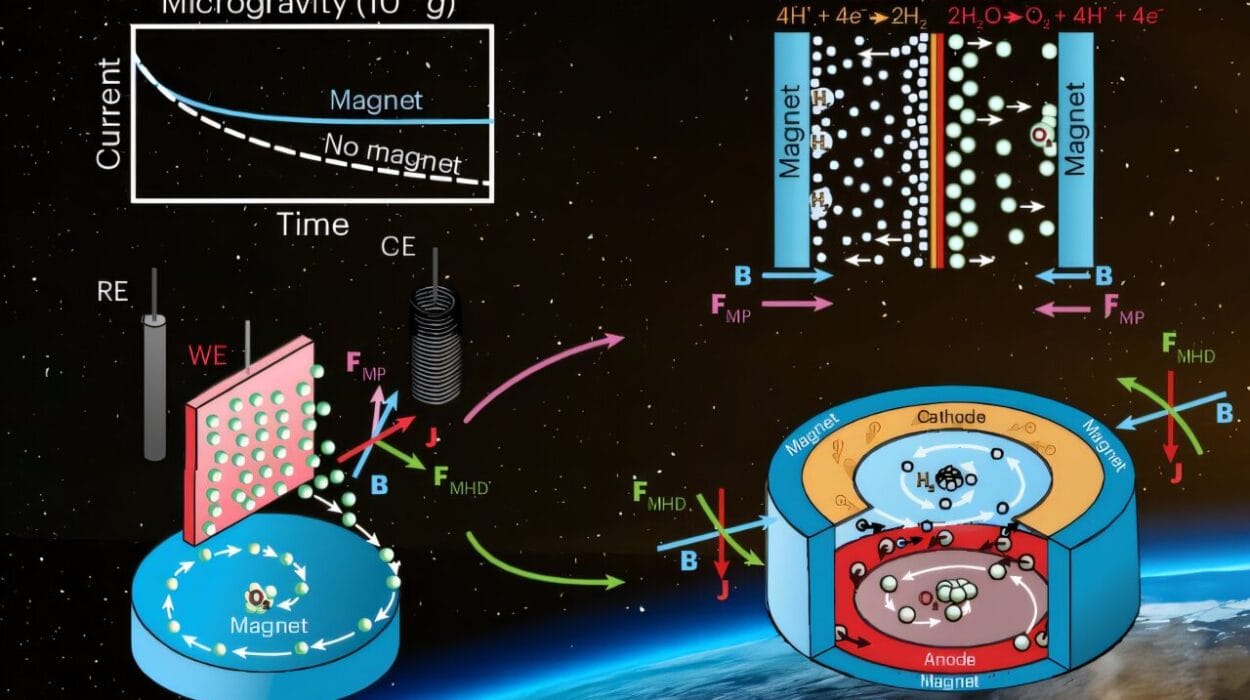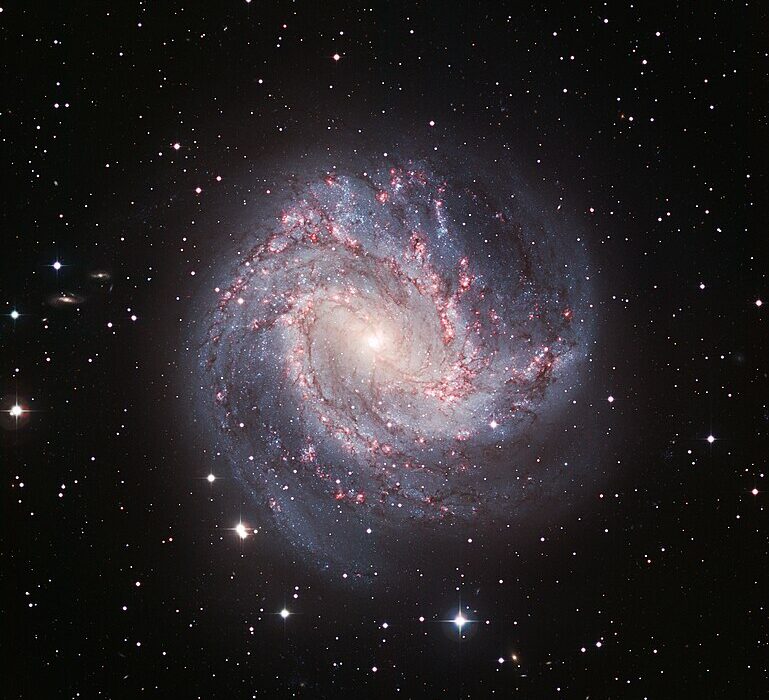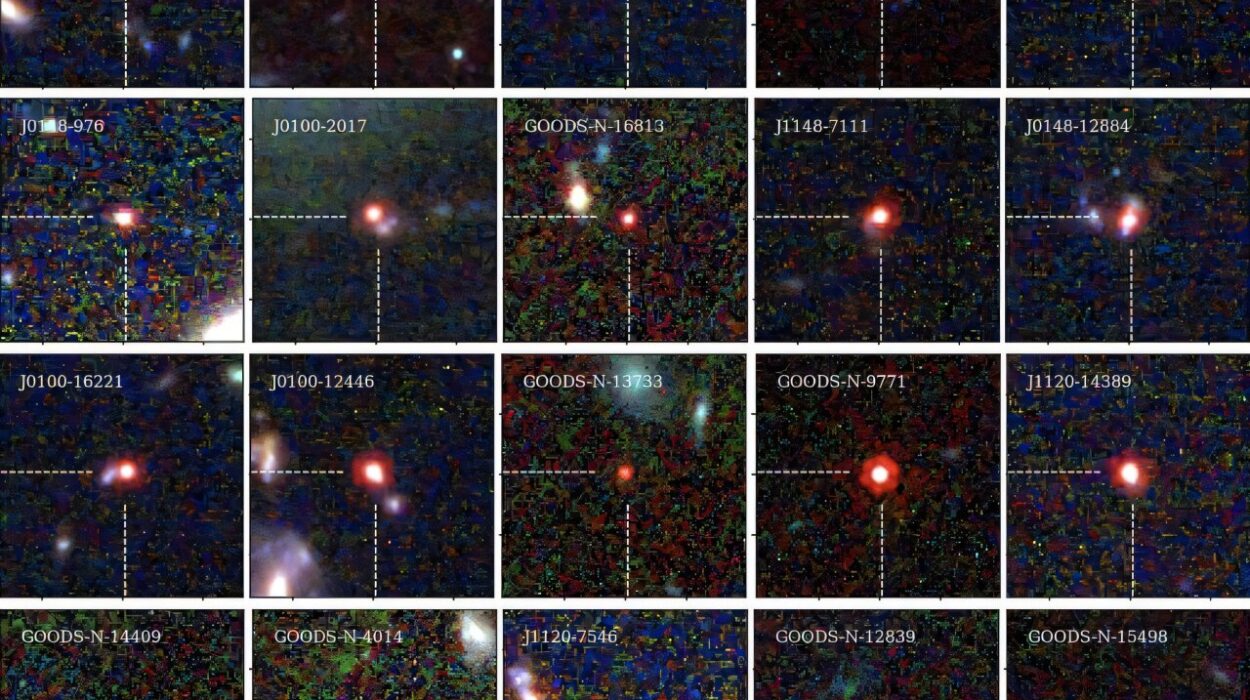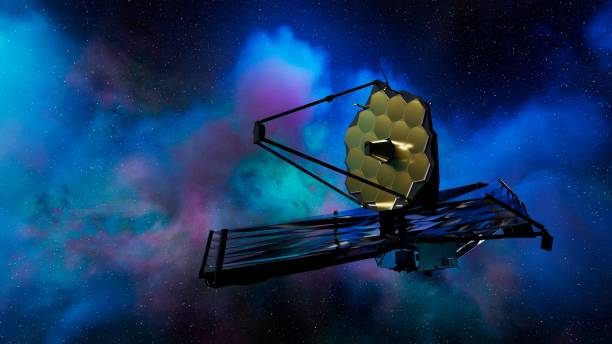An international team of astronomers recently conducted multiwavelength observations of a fascinating variable star designated Gaia22ayj, whose properties have been detailed in a study published on January 2 in the pre-print server arXiv. This exciting discovery marks the identification of a magnetic accreting white dwarf (WD), with the research team drawing important conclusions about the star’s behavior and its classification among various types of variable stars.
Variable stars, which regularly or irregularly change in brightness over time, provide important insight into the internal workings of stars and their evolution. These stars also allow astronomers to better understand the distance scale of the universe, shedding light on stellar properties like temperature, composition, size, and luminosity. Among the various types of variable stars, cataclysmic variables (CVs) stand out as a compelling subclass, comprising binary star systems where one component is a white dwarf and the other is a normal star companion. In these systems, the stars interact in such a way that they exhibit periodic outbursts, dramatically increasing in brightness before fading back into a quieter state.
CVs can further be divided into subclasses. Polars are characterized by having a very strong magnetic field around the white dwarf, while intermediate polars (IPs) have weaker magnetic fields. This distinction plays a major role in the behavior of these systems. In polars, the spin of the white dwarf is typically synchronized with the orbital period of the binary system. On the other hand, IPs exhibit a phenomenon known as the “spin-up” effect, where the white dwarf spins much faster than the orbital period of its companion. These differences in spin rates are key indicators that distinguish these two types of cataclysmic variables.
Gaia22ayj, a star that was first identified in March 2022, represents an intriguing case study in this field of astrophysics. Located approximately 8,150 light years from Earth, Gaia22ayj initially gained attention due to an optical outburst that was observed from Earth. Early analyses of the star suggested that it was part of a white dwarf binary system, given the detection of a 9.36-minute period, which was presumed to correspond to the orbital period of the binary system. However, a more detailed investigation revealed a different picture.
Led by Antonio C. Rodriguez, an astronomer from the California Institute of Technology (Caltech), a new study challenges the previous interpretation. Rodriguez and his team used a range of multiwavelength data to reanalyze Gaia22ayj, and their conclusions suggest that the 9.36-minute period is not the orbital period of a binary system, as originally thought, but is instead the result of the white dwarf’s spin (or a “spin-orbit beat” phenomenon). This finding points to Gaia22ayj being a magnetic accreting white dwarf with properties akin to intermediate polars (IPs). However, it also shares certain characteristics with polars, making it a unique object in its own right. In fact, the researchers propose that Gaia22ayj might even represent an entirely new subclass within the broader category of magnetic cataclysmic variables.
One of the most striking features of Gaia22ayj’s behavior is its pulsation at optical and near-infrared wavelengths, which occurs on the 9.36-minute period. This pulsation is extreme—at optical wavelengths, the star’s brightness fluctuates by a factor of 7.5 to 10 in a brief period of just 2.5 minutes. The rapid changes in brightness are attributed to broadband spectral modulation, a behavior that is reminiscent of cyclotron emission observed in polar systems. Cyclotron emission arises when high-energy electrons spiral around magnetic field lines, emitting radiation in the process.
Another key discovery from the team’s study is the high-amplitude modulation accompanying the 9.36-minute period. The star’s brightness varies with a significant amplitude of around 2.0 magnitudes. Rather than being an orbital period, as initially proposed, this periodicity likely corresponds to the spin of the white dwarf itself or a spin-orbit beat frequency—a phenomenon seen in other accreting magnetic white dwarfs. In addition, Gaia22ayj appears to be rapidly spinning down, much like other white dwarf pulsars. This feature has added a layer of complexity to the understanding of Gaia22ayj’s behavior and its role within the broader context of variable stars.
The study also reveals that Gaia22ayj is a luminous X-ray source, emitting energy at a level comparable to other intermediate polars and the most luminous polars. The X-ray luminosity measured in the 0.3–8 keV band is approximately 270 nonillion erg per second, making the object highly energetic. Such luminosities are typical for intermediate polars, suggesting that Gaia22ayj might belong to that subclass of magnetic accreting white dwarfs.
A particularly telling observation in the study is that Gaia22ayj displays a high degree of linear polarization—up to 40%. This level of polarization is a strong indication that the object has a significant magnetic field. The polarized light suggests that the white dwarf’s magnetic field is responsible for shaping the emitted radiation, providing a crucial piece of evidence in support of the star’s classification as a magnetic accreting white dwarf.
Additionally, Gaia22ayj’s outburst pattern, along with the broad double-peaked emission lines of hydrogen (Balmer series) and helium, further supports the idea of ongoing accretion processes taking place. These emission features are indicative of matter being pulled from a companion star and being funneled onto the white dwarf, where it heats up and emits radiation. The broadness of the emission lines suggests high-velocity flows, typical of accretion disks and other phenomena associated with cataclysmic variable systems.
Taken together, the results of this study paint a picture of Gaia22ayj as a magnetic accreting white dwarf that exhibits behaviors akin to both WD pulsars and polars. The pulsation at a 9.36-minute period, along with the high amplitude modulation and spectral properties, aligns the object with traits observed in intermediate polars. However, its strong outbursts and the presence of cyclotron emission and polarization suggest characteristics that are more often seen in polars. Consequently, the researchers conclude that Gaia22ayj is likely a missing link between the two classes of magnetic white dwarf binaries, offering new insights into the diverse and dynamic nature of cataclysmic variables.
This study not only enriches our understanding of Gaia22ayj itself but also contributes to the broader knowledge of how magnetic accreting white dwarfs behave and evolve. By identifying this unique object, the researchers open the door for future investigations that could help to elucidate the complex mechanisms governing magnetic binaries and the role of accretion in shaping the evolution of such stellar systems. In addition, the discoveries made in this study provide further motivation to continue exploring the mysteries of variable stars, which remain essential for understanding stellar evolution, the nature of accretion processes, and the fundamental physics of magnetized compact objects.
Reference: Antonio C. Rodriguez et al, A Link Between White Dwarf Pulsars and Polars: Multiwavelength Observations of the 9.36-Minute Period Variable Gaia22ayj, arXiv (2025). DOI: 10.48550/arxiv.2501.01490
